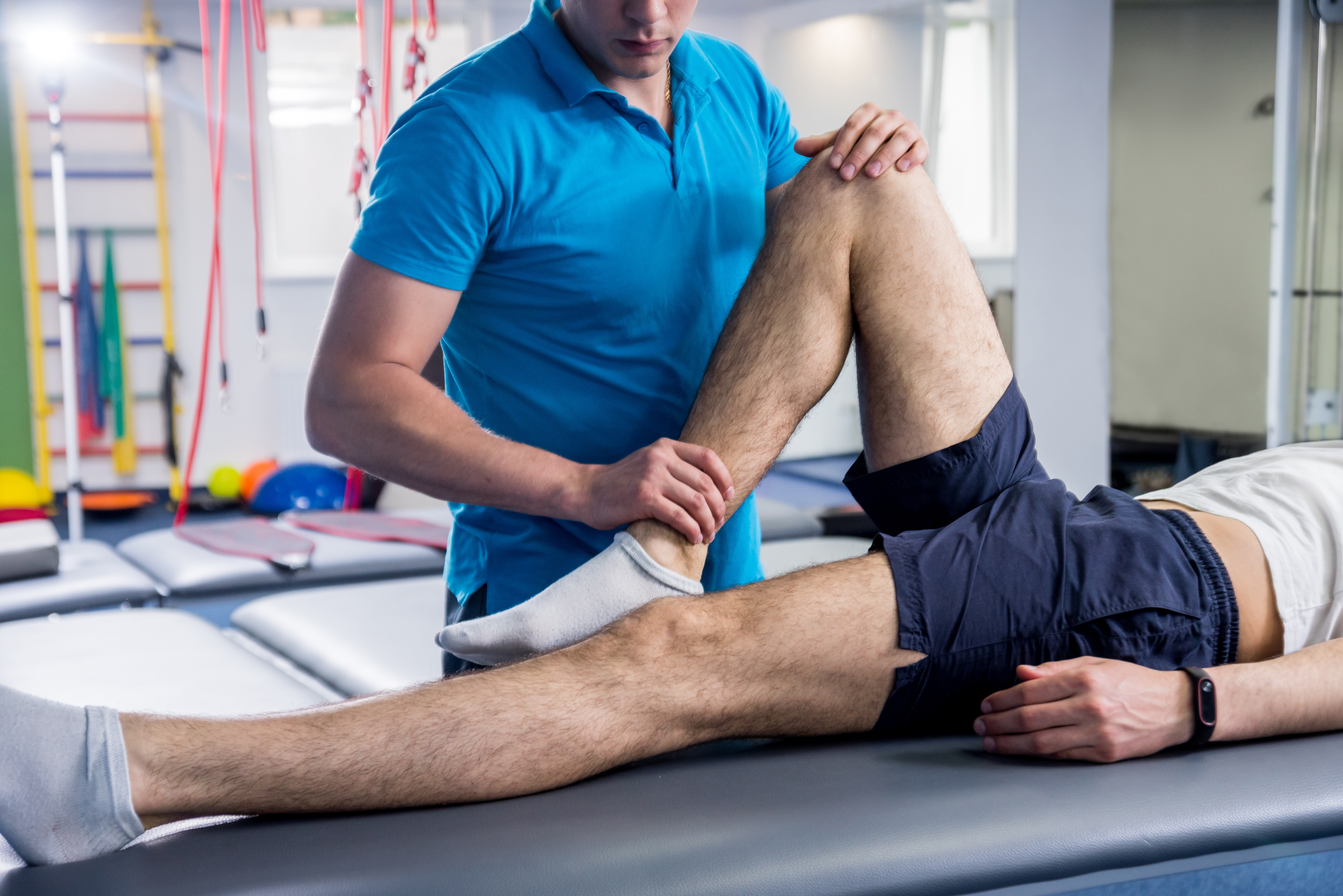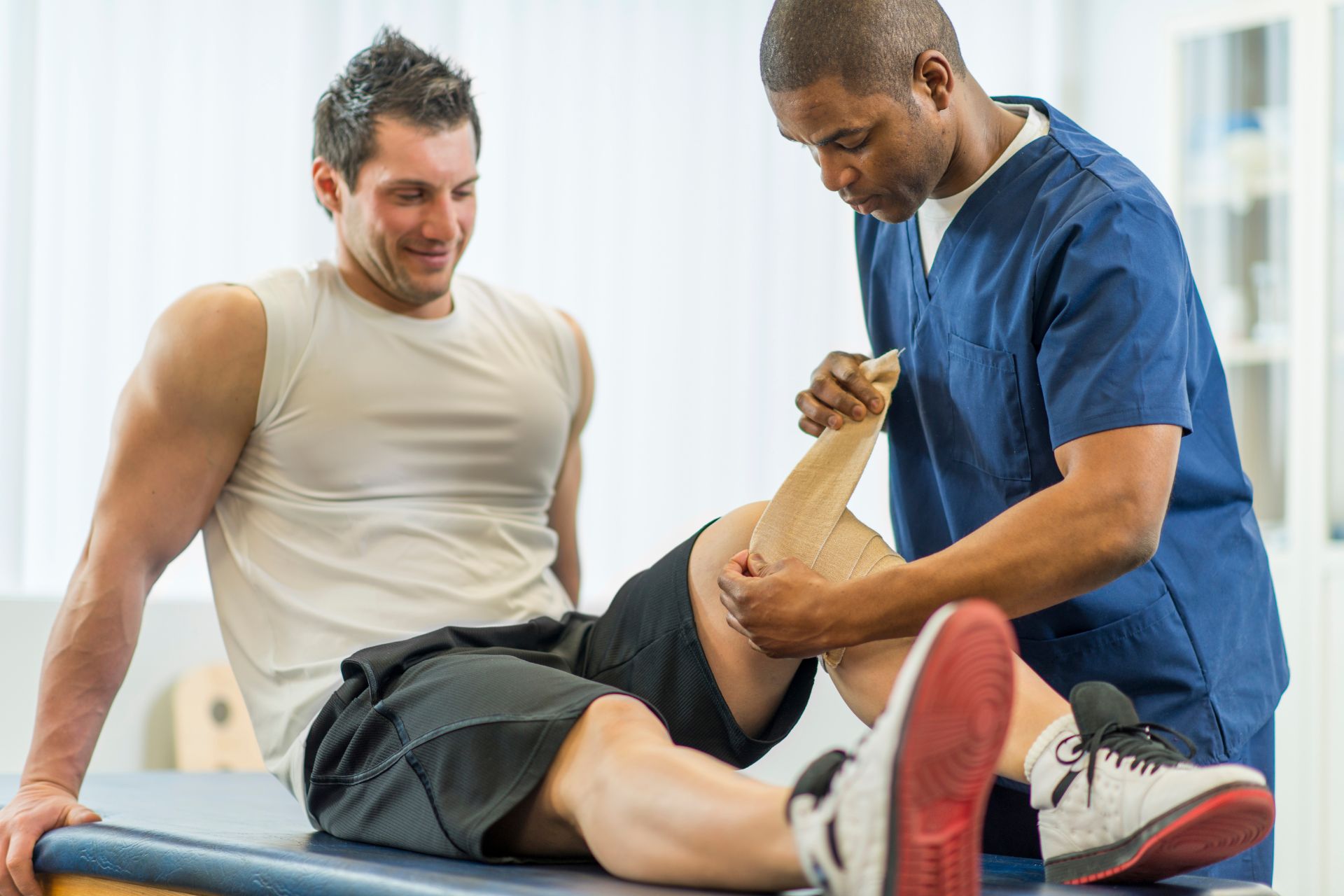Frequently Asked Questions
Physical therapy plays a crucial role in pain management following knee surgery by employing a multifaceted approach that includes therapeutic exercises, manual therapy, and modalities such as ultrasound and electrical stimulation. Through a tailored rehabilitation program, physical therapists focus on enhancing range of motion, strengthening the surrounding musculature, and improving functional mobility, which collectively contribute to alleviating postoperative pain. Techniques such as soft tissue mobilization and joint mobilization are utilized to reduce stiffness and promote circulation, while specific exercises target the quadriceps and hamstrings to restore strength and stability. Additionally, education on pain management strategies, including the use of ice and compression, is provided to help patients manage swelling and discomfort effectively. By addressing both the physical and psychological aspects of recovery, physical therapy not only aids in pain relief but also fosters a sense of empowerment and confidence in patients as they progress towards regaining their pre-surgery activity levels.
During the early stages of recovery from hip replacement surgery, a carefully structured rehabilitation program is essential to promote healing and restore mobility. Patients are typically encouraged to engage in gentle range-of-motion exercises, such as ankle pumps and heel slides, which help improve circulation and prevent stiffness in the hip joint. Additionally, isometric exercises, like gluteal squeezes and quadriceps sets, are recommended to strengthen the surrounding musculature without placing undue stress on the surgical site. Walking with the aid of a walker or crutches is also advised to enhance weight-bearing tolerance and improve balance. Physical therapists may introduce hip abduction and adduction exercises, performed while lying down, to gradually increase flexibility and strength in the hip area. Overall, these initial exercises are crucial for facilitating a safe and effective recovery trajectory, ultimately leading to enhanced functional independence and quality of life post-surgery.
Physical therapy plays a crucial role in enhancing range of motion following shoulder surgery by employing a multifaceted approach that includes therapeutic exercises, manual therapy techniques, and modalities such as ultrasound and electrical stimulation. Post-operative rehabilitation typically begins with gentle passive range of motion exercises to prevent stiffness and promote synovial fluid circulation, which is essential for joint lubrication. As the patient progresses, physical therapists introduce active-assisted and active range of motion exercises to strengthen the rotator cuff and deltoid muscles, thereby improving functional mobility. Additionally, techniques such as joint mobilization and soft tissue manipulation can alleviate pain and reduce scar tissue formation, further facilitating improved flexibility and movement. The incorporation of proprioceptive training and neuromuscular re-education also aids in restoring coordination and stability, ultimately leading to a more comprehensive recovery and enhanced overall shoulder function.
Physical therapy plays a crucial role in preventing complications after spinal surgery by facilitating optimal recovery through targeted rehabilitation strategies. Post-operative physical therapy focuses on enhancing mobility, strengthening core muscles, and improving flexibility, which are essential for stabilizing the spine and reducing the risk of post-surgical complications such as muscle atrophy, joint stiffness, and chronic pain. By employing techniques such as manual therapy, therapeutic exercises, and neuromuscular re-education, physical therapists help patients regain functional independence and promote proper body mechanics. Additionally, education on posture, body alignment, and safe movement patterns is integral to preventing secondary injuries and ensuring long-term spinal health. Overall, a well-structured physical therapy program is vital for minimizing complications, enhancing healing, and promoting a successful return to daily activities following spinal surgery.
The timeline for physical therapy following minimally invasive surgical procedures typically differs significantly from that of traditional open surgeries due to the reduced trauma to surrounding tissues and shorter recovery periods associated with minimally invasive techniques. In minimally invasive surgeries, such as laparoscopic procedures, patients often experience less postoperative pain, decreased inflammation, and quicker mobilization, allowing them to initiate physical therapy within a few days post-surgery. Conversely, traditional surgical approaches, which may involve larger incisions and greater tissue disruption, often necessitate a longer initial recovery phase, delaying the commencement of physical rehabilitation programs by several weeks. Consequently, the overall rehabilitation timeline for patients undergoing minimally invasive surgery can be markedly shorter, with many individuals returning to their preoperative functional levels and activities of daily living sooner than those who have undergone conventional surgical interventions. This expedited recovery process is further enhanced by the incorporation of advanced pain management strategies and tailored therapeutic exercises designed to promote strength, flexibility, and functional mobility in a more efficient manner.

